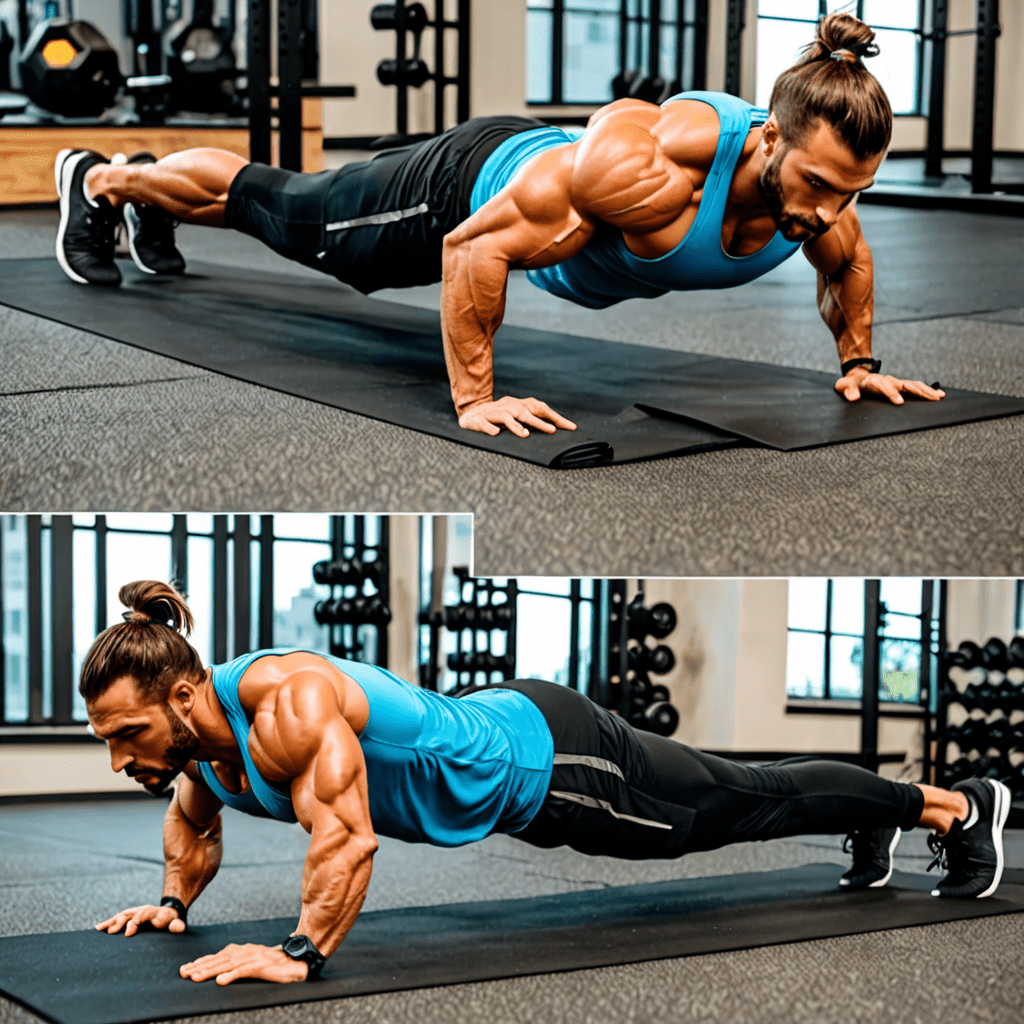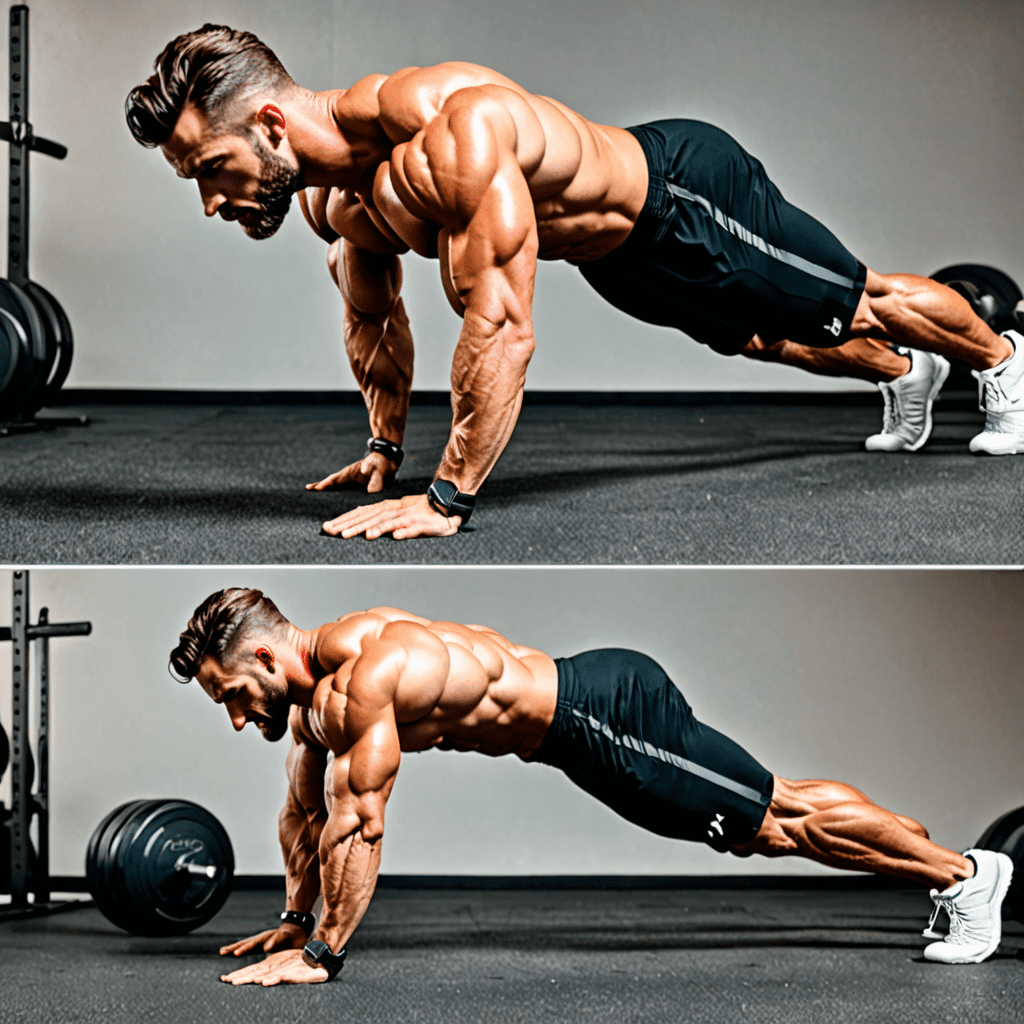
Mastering the Art of Push-Up Progression for Beginners
Introduction: Understanding Push-Up Benefits and Basics
Push-ups are an excellent full-body exercise that strengthens numerous muscle groups, including the chest, shoulders, triceps, and core. Incorporating push-ups into your workout routine can enhance overall strength, stability, and endurance. As a beginner, it’s important to understand the basic mechanics of a push-up before progressing to more advanced variations.
Building a Strong Foundation: Perfecting Your Form
Before attempting to do more push-ups, it’s crucial to master the proper form. Start by getting into a high plank position, with your hands slightly wider than shoulder-width apart and your body forming a straight line from head to heels. Engage your core, lower yourself until your chest is just above the ground, and then push back up. Focus on maintaining a neutral spine and avoiding any sagging or lifting of the hips.
Gradual Progression: Increasing Reps
As a beginner, it’s essential to start slowly and gradually increase your push-up repetitions. Begin with a manageable number of push-ups, such as 5-10, and aim to perform 3 sets with adequate rest in between. Over time, incrementally add more repetitions as your strength and endurance improve. This gradual progression is key to preventing burnout and injury.
Strength Development: Incorporating Modified Push-Up Variations
In addition to increasing reps, incorporating modified push-up variations can help beginners build strength. These variations include knee push-ups, incline push-ups (using a bench or elevated surface), and wall push-ups. By starting with modified versions, beginners can gradually transition to standard push-ups with improved strength and confidence.
Building Core Stability: Plank Progression
Core stability is essential for performing successful push-ups. Integrating plank exercises into your routine can significantly contribute to building core strength, which is crucial for maintaining proper form during push-ups. Focus on holding a standard plank, side plank, and forearm plank to strengthen the entire core, which will enhance push-up performance.
FAQ: Common Concerns and Tips for Push-Up Progression
Q: How often should beginners perform push-ups to see progress?
A: Beginners should aim to perform push-ups 2-3 times per week, allowing adequate rest between sessions to facilitate muscle recovery and growth.
Q: Is it normal to feel wrist discomfort during push-ups?
A: Yes, it’s common for beginners to experience wrist discomfort. To alleviate this, try performing push-ups on your fists, using push-up handles, or incorporating wrist strengthening exercises into your routine.
Q: What if I cannot do a full push-up yet?
A: Start with modified push-up variations and focus on gradually increasing strength. Consistency and patience are key to eventually progressing to standard push-ups.
Q: Should I perform push-ups quickly or slowly?
A: Focus on performing push-ups with controlled and deliberate movements. Avoid rushing through the exercise to ensure proper form and maximum muscle engagement.
Q: Is it necessary to warm up before doing push-ups?
A: Yes, warming up is crucial to prepare the muscles for the demands of push-ups. Incorporate dynamic stretches and light cardio to increase blood flow and flexibility before your push-up workout.
As a beginner, implementing these gradual progressions and variations into your routine can significantly enhance your push-up performance and overall strength. Remember to stay consistent, listen to your body, and celebrate the small victories along the way to mastering the art of push-up progression.


